The question of why the rate of cell development during human evolution has experienced sudden changes has been a significant and challenging issue in the history of biological and medical research.
This phenomenon is known as “reverse growth”, and common understanding suggests that it results from the process of cellular aging. However, recent research has provided a shocking answer: the true mysterious power of cells is not aging, but rather the hidden mechanisms within genes.
Cell Regeneration and Division: Why Do Cells Continuously Renew Themselves?
Cells have the ability to regenerate themselves. This ability is determined by the cell’s genetic material, DNA. DNA is the molecule that stores genetic information in living organisms, containing all the genes of the living entity. When a cell needs to replicate, DNA undergoes a replication process to produce new DNA molecules. This replication method ensures that each newly formed cell has the same genetic information as the original cell, thereby maintaining the normal functions and characteristics of daughter cells.
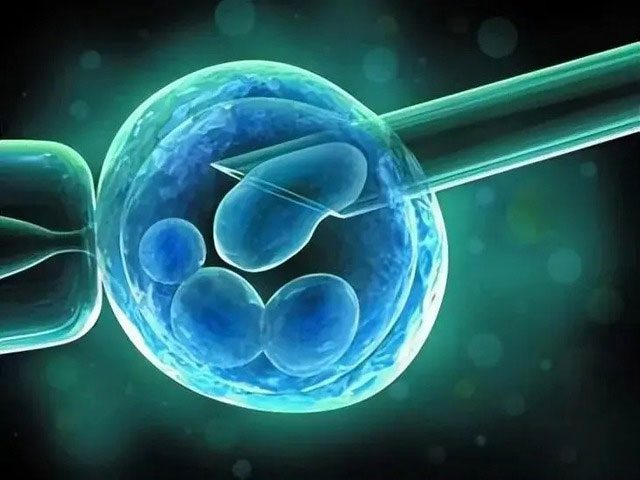
Reverse growth is the result of cellular aging. (Illustrative image).
The regenerative ability of cells is also one of the essential conditions for maintaining the health of organisms. When tissue is damaged by external environments or attacked by diseases, cells will initiate regeneration and repair mechanisms to restore the function of the damaged tissue. This ability is particularly notable in certain organisms, such as lizards that can regrow broken tails and carp that can regenerate damaged scales. Cellular regeneration involves multiple steps such as cell proliferation, differentiation, and tissue regeneration. Cells complete their repair tasks by self-replicating and differentiating into various types of cells.
The regenerative capability of cells benefits from complex regulatory mechanisms within the cells. Numerous genes and proteins within cells interact with each other and participate in the processes of cell replication and regeneration. Chemicals such as molecular signals, cytokines, and hormones can promote or inhibit cell proliferation and differentiation, thus achieving a balance in the cellular renewal process. Additionally, environmental factors and health conditions can also affect the regenerative and renewal capabilities of cells.
Telomere Length and Maintenance: What Role Do Telomeres Play in Reversing Growth?
There is a close relationship between telomere length and cellular lifespan as well as aging. In normal human cells, when telomeres shorten to a certain extent, the cells will enter a state of senescence. This is because the shortening of telomeres triggers a signal known as “cell cycle checkpoint”, causing the cells to stop self-replicating. Therefore, the length of telomeres can be seen as a measure of cellular lifespan. Studies show that compared to younger individuals, the telomere length in older individuals is generally shorter, which is also one of the causes of aging and several age-related diseases.
Telomeres are also closely related to the emergence and development of tumors. Typically, cell proliferation is controlled by telomeres, helping to prevent uncontrolled cell growth. However, in some cases, the telomere length in cells can be abnormally extended, allowing cells to escape physiological constraints, leading to tumor formation. Numerous studies have shown that some tumor cells maintain their telomere length through a type of enzyme called “telomerase reverse transcriptase”, thereby extending the lifespan of the cells and promoting tumor growth.
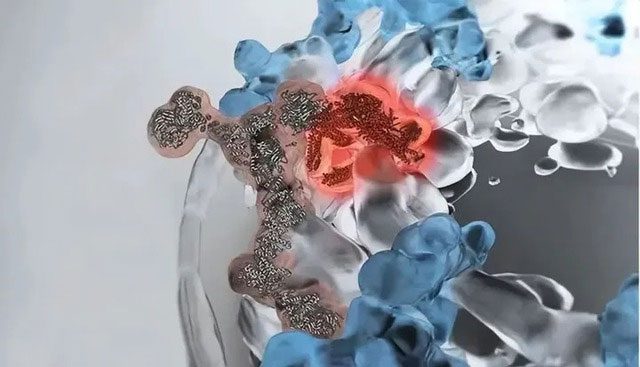
There is a close relationship between telomere length and lifespan. (Illustrative image).
The mechanism that maintains telomere length is also directly related to the process of reverse growth. Reverse growth refers to the ability of certain cells to restore and rebuild telomere length. During reverse growth, specialized telomerase reverse transcriptase within the cells reverses the DNA sequence of the telomeres, allowing them to be replenished and restored to their length. The discovery of this mechanism provides important clues for us to better understand the lifespan and aging processes of cells.
The reverse development of cells and the maintenance of telomere length hold significant implications in the field of medical research. Scientists are striving to find ways to extend telomere length to delay the aging process of cells and thereby prolong lifespan. Regarding tumor treatment, researchers are also looking to intervene in the reverse development mechanisms of malignant tumor cells to achieve effective tumor therapy.
Regulation of Aging-Related Genes: How Do Genes Affect the Cellular Aging Process?
There is a type of protein known as transcription factors, which can recognize and bind to specific DNA sequences, thus initiating or inhibiting the transcription process of genes. These transcription factors can be regulated by signaling molecules from both the internal and external environments. When cells are stimulated by damage or stress, transcription factors become activated, leading to the expression of a series of genes related to aging. These genes participate in regulating cellular aging by encoding specific proteins.
Researchers have discovered that cellular aging is closely related to changes in the expression of many genes. Among them, the most important are the p53 gene and the Telomerase gene. The p53 gene is activated when the DNA of the cell is damaged, thereby regulating the cell cycle and DNA repair processes. When the p53 gene is mutated, it can lead to abnormal increases in cellular aging.
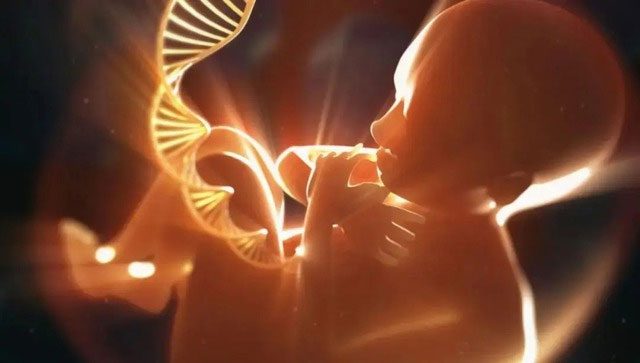
Telomeres are DNA sequences at the ends of chromosomes, and the Telomerase enzyme can extend them. (Illustrative image).
The Telomerase gene is related to telomere length in cells. Telomeres are DNA sequences at the ends of chromosomes, and the Telomerase enzyme can extend telomere length to maintain normal cell function. However, as age increases, the expression of the Telomerase gene gradually decreases, causing telomeres to continue to shorten, ultimately leading to cellular aging.
There are other aging-related genes that also play important roles. For example, the protein encoded by the SIRT1 gene can inhibit oxidative stress and inflammatory responses in cells while delaying the aging process. The FOXO3 gene is involved in stress response and regulates cellular metabolism, influencing the rate of cellular aging by modulating the cells’ autophagy and antioxidant capabilities.
How do genes influence cellular aging?
First, changes in gene expression can affect cell function and metabolic processes. When some crucial genes related to aging are mutated or expressed abnormally, cells lose their normal regulatory functions, thereby accelerating the aging process.
Second, changes in gene expression will also affect other signaling pathways and regulatory networks within cells. Different signaling pathways within cells interact with each other to jointly regulate cell vitality and the aging process.
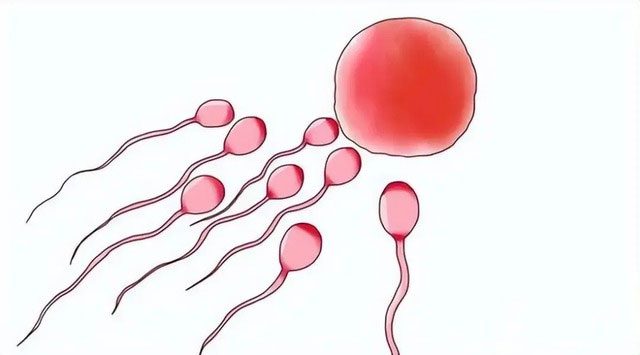
The fertilization process. (Illustrative image).
Changes in gene expression also impact cells’ adaptability to their environment. Cellular aging is often associated with stress and damage from external environments. Changes in gene expression can influence cellular responses to the environment, thereby affecting the rate and extent of aging.
Repairing and Replacing Damaged Cells: How Do Cells Self-Repair?
The process of repairing cellular damage is primarily divided into two methods: cell repair and cell replacement. Cell repair refers to the ability of cells to restore their structure and function through a series of biological mechanisms so they can re-engage in normal physiological activities. Cell replacement means that damaged cells that cannot be repaired may be replaced by new cells.
During the process of cellular repair, cells mobilize their own repair mechanisms to fix damaged areas. When cells detect damage, they initiate a series of signaling pathways and activate relevant repair genes. These repair genes provide essential proteins and other necessary substances for the repair process within the cells, promoting the regeneration and repair of damaged cells. At the same time, cells also ensure the stability of their genes by enhancing DNA replication and repair to avoid the loss of genetic information.
In addition to their own repair mechanisms, cells can also rely on the assistance of other cells and tissues for repair. In the human body, the immune system plays a crucial role. When cells are infected or damaged, the immune system releases a series of signaling molecules and cytokines, encouraging immune cells to concentrate in the damaged area, engulfing and eliminating the damaged cells while promoting the repair of surrounding healthy cells.
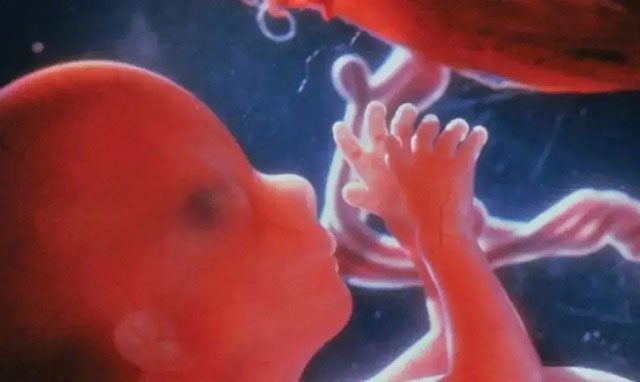
Cells can also rely on the assistance of other cells and tissues. (Illustrative image).
Cell replacement plays a vital role when cells cannot repair themselves. Cell replacement involves substituting damaged cells with new ones to restore tissues and physiological functions. In some cases, if a tissue is severely damaged or if cell damage is so extensive that individual cells cannot be repaired, it becomes necessary to supplement with new cells through the process of cell proliferation.
In any case, the ability to reverse cell development is certainly an exciting discovery, offering limitless potential for advancements in medicine and biology. Scientists will continue to make breakthroughs in exploring the mysterious powers of cells, bringing us more surprises and hope.


















































